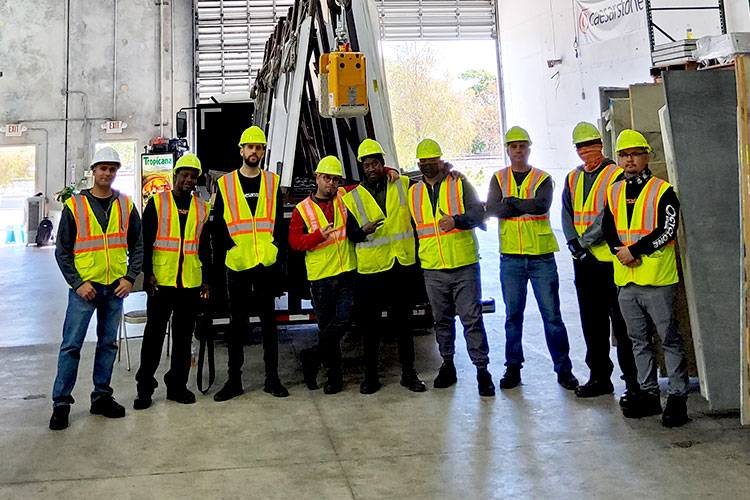Ignoring OSHA inspections might save time in the short term, but the long-term costs can cripple a business. From massive fines and insurance hikes to lost contracts and damaged reputation, the true price of non-compliance goes far beyond penalties. For construction firms and industrial workplaces, safety is not optional—it’s the backbone of your operation.
The Financial Toll
OSHA penalties can reach tens of thousands per violation, but indirect costs—medical claims, downtime, and retraining—often exceed direct fines. Non-compliance can also lead to increased insurance premiums or even loss of coverage.
The Legal Exposure
Failing to follow OSHA regulations leaves companies open to lawsuits from injured workers or families. Repeated violations may even lead to criminal charges for supervisors or owners in extreme cases.
The Operational Setback
Work stoppages and project delays caused by failed inspections erode profit margins. Each shutdown can cost thousands per day, damaging relationships with clients and subcontractors.
The Human Cost
The biggest loss isn’t financial—it’s human. Injuries and fatalities devastate families and morale. A strong safety culture ensures every worker goes home safe.
Protecting Your Business
Regular third-party safety inspections—like those provided by Think Safety Always—help identify gaps before OSHA does. Our certified safety experts ensure your site meets federal and state standards, keeping your team protected and your company profitable.
——-
FAQs – OSHA Non-Compliance Risks
1. What are the most common OSHA violations in construction?
Falls, scaffolding safety, hazard communication, and lack of protective equipment are among the top cited violations each year.
2. How often should businesses schedule safety inspections?
At least quarterly, or whenever major project changes occur. Frequent reviews help maintain compliance and prevent accidents.
3. Can a third-party inspection help reduce OSHA penalties?
Yes. Documented independent audits demonstrate proactive compliance efforts, often leading to reduced fines or citations.
4. What industries benefit most from OSHA compliance programs?
Construction, manufacturing, warehousing, and energy sectors benefit the most, as they face the highest risk and regulatory oversight.





